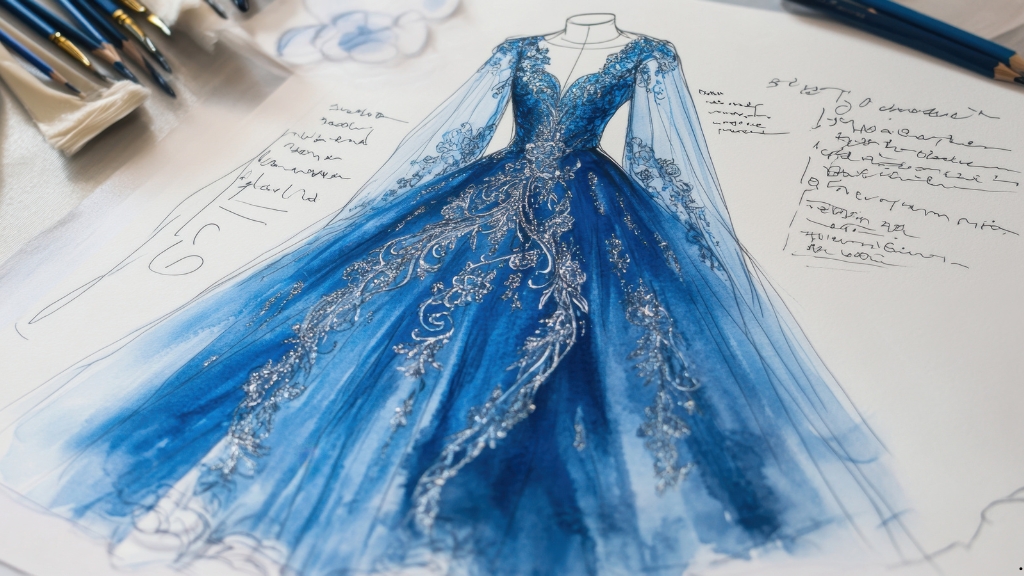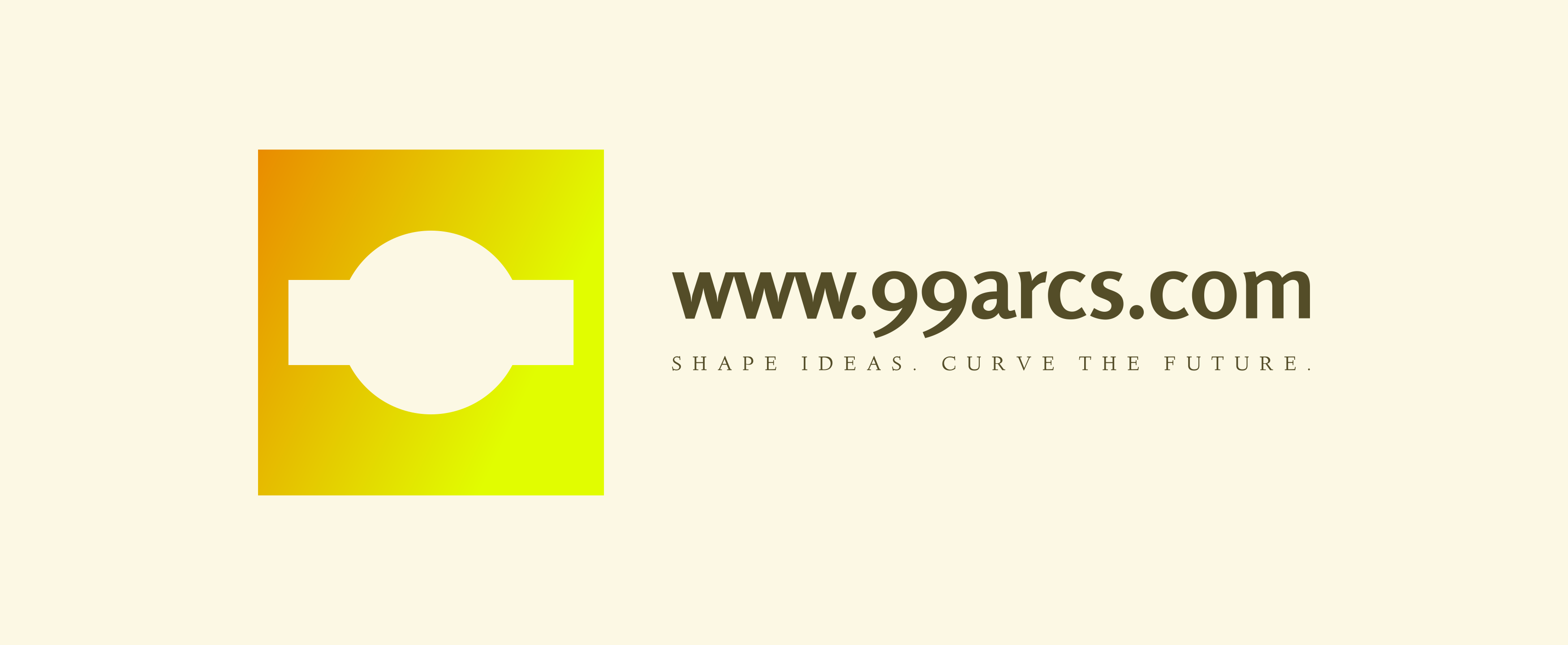Finding Balance: Curves vs. Angles in Visual Composition for Stunning Designs

In the world of visual composition, the debate between curves and angles is captivating. Each element brings its own flavor to the canvas, influencing how we perceive and experience art, design, and photography. I’ve often found myself drawn to the harmony of curves, which evoke a sense of fluidity and softness. On the other hand, angles offer a striking contrast, injecting energy and dynamism into a piece.
Finding balance between these two forces can be a game-changer in creating impactful visuals. It’s not just about aesthetics; it’s about how these shapes interact to guide the viewer's eye and convey emotion. Join me as we explore the delicate interplay between curves and angles, and discover how mastering this balance can elevate your visual storytelling.
Overview of Visual Composition
Visual composition captivates through the arrangement of elements, influencing perception and emotion. Curves evoke a sense of fluidity and grace, leading to a calming effect on viewers. Angles introduce structure and energy, instilling dynamism and tension in a composition.
Understanding the impact of curves and angles helps me harness their potential in various artistic contexts. For example, in photography, I use curves to create smooth transitions between subjects, while angles draw attention to focal points. When combined effectively, these elements guide the viewer's eye, promoting a narrative flow.
The balance between curves and angles enhances visual storytelling. Each element communicates unique emotions, with curves often associated with softness and angles reflecting strength. By considering this interplay, I create compositions that resonate more deeply with viewers, enriching their experience and engagement with the artwork.
Understanding Curves in Composition
Curves play a vital role in visual composition, offering unique advantages that enhance the overall perception of art and design. Their inherent fluidity captivates the viewer and guides the eye through a seamless journey across the composition.
The Role of Curves in Visual Flow
Curves direct the pathway of movement within a composition, creating a sense of continuity. Curvilinear lines encourage the eye to follow their contours, leading to a harmonious visual experience. Curves can soften transitions between elements, minimizing abrupt changes and fostering a serene atmosphere. For instance, in photography, a winding road can draw the viewer deep into the scene, inviting exploration.
Emotional Impact of Curves
Curves evoke strong emotional responses in viewers. They symbolize grace, beauty, and tranquility, often associated with natural forms like rivers and hills. Curves can create a calming effect, making compositions feel more inviting. For example, a gentle curve in a painting can elicit feelings of warmth and comfort, while harsh angles might provoke tension or unease. By employing curves effectively, I foster an emotional connection that resonates with the audience, enriching their engagement with the visual narrative.
The Importance of Angles in Composition
Angles play a crucial role in visual composition. They introduce dynamism and structure while shaping the viewer's perception effectively.
Angles and Dynamic Tension
Angles create visual tension that can energize a composition. They evoke a sense of movement, drawing the viewer's eye toward important elements. For instance, a sharp angle can generate excitement, suggesting action and urgency. This aspect is particularly useful in photography or design when I aim to highlight a subject's importance. Using angles strategically can shift the viewer's focus, enhancing engagement.
Creating Depth with Angles
Angles can also establish depth in a composition. By using diagonal lines, I can lead the viewer's eye into the image, creating a three-dimensional feel. Diagonals suggest perspective, guiding the viewer's gaze from foreground to background. This technique enhances visual storytelling, allowing me to create layers within the artwork. Incorporating angles fosters a richer viewing experience, as the viewer can explore different elements within the composition.
Comparing Curves and Angles
Curves and angles play distinct roles in visual composition. Understanding their aesthetic and practical implications helps create compelling artwork and designs.
Aesthetic Considerations
Curves often evoke feelings of elegance and softness. Their fluid nature encourages a sense of movement and harmony. For instance, in a painting, wavy lines can create a serene atmosphere, allowing the viewer to feel relaxed. Angles, on the other hand, convey strength and boldness. Sharp, geometric shapes can impart a sense of stability while also introducing a dynamic quality. A cityscape photograph, featuring sharp angles, may evoke excitement or urgency. Weighing these aesthetic considerations helps me choose the right element to convey my intended emotion and message effectively.
Practical Applications in Design
In practical applications, the choice between curves and angles affects usability and functionality. Curved elements can enhance user experience in product design by creating intuitive interfaces that guide interaction. For example, rounded buttons in a mobile app provide a tactile and inviting feel. Angles can improve readability and structure in layouts, especially in web design. Using grid systems with defined angles can organize information clearly and efficiently, drawing attention to vital content. Balancing curves and angles in design not only enhances the visual appeal but also improves the overall user experience, allowing me to communicate effectively through my work.
Conclusion
Finding the right balance between curves and angles is essential in visual composition. Each element brings its unique strengths to the table. Curves offer fluidity and grace while angles inject energy and structure.
By thoughtfully integrating both, I can create compositions that not only captivate but also resonate emotionally with viewers. This harmony enriches the storytelling aspect of my work, guiding the eye and enhancing engagement.
As I continue to explore this dynamic interplay, I’m excited to see how it shapes my artistic journey and influences my approach to design and photography. Embracing both curves and angles allows me to communicate more effectively and connect deeply with my audience.
